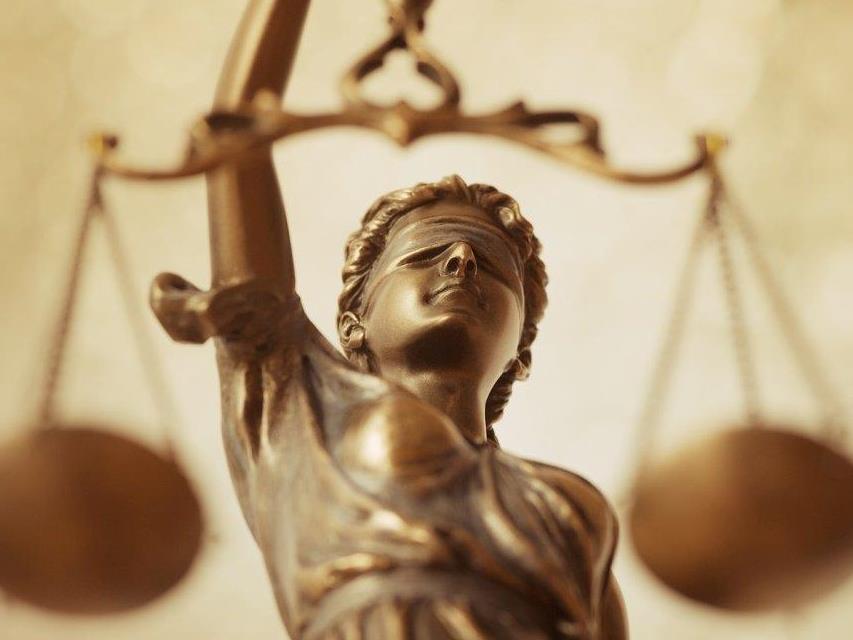The appointment of Senator George Brandis as Tony Abbott’s first Arts Minister surprises no-one. It’s in keeping with the make-up of the Coalition’s shadow cabinet before the election, and with the new Prime Minister’s promise to be a ‘no surprises’ government.
The appointment certainly gives the arts a say at the top level. As Attorney-General, Brandis will be the fifth most senior minister in the cabinet. He will be at the cabinet table when the decisions are made about funding levels next budget. As Brandis promised before the election, he will have the opportunity to argue for the arts when the key decisions of Abbott’s government are made.
The administrative orders, published on Wednesday, show where the Arts portfolio will sit in the new cabinet structure. Although it will retain its own departmental identity, the Office for the Arts will belong to the broader Attorney-General’s Department,.
Whether this is a good thing or not depends on what you think about that mythical goal of senior policy-makers since time immemorial: ‘whole of government’ policy that can break through the “silos” of departmental demarcations.
There are a number of synergies between the Arts portfolio and the Attorney-General’s Department. Copyright is the key intellectual property right of the creative industries and is the keystone legal basis for entire sectors, such as music and publishing, for instance. On the other hand, much of A-G is these days tasked with the sterner aspects of national security, including emergency management and disaster response. It’s not immediately clear what links the Arts will build with the cyber cops and crisis coordinators.
But that’s government for you. In recent years, the Arts portfolio has led a peripatetic life, being handed around a series of bigger departments such as Communications, Environment, Regional Affairs, and the Prime Minister’s Department. The pass-the-parcel rounds have not noticeably affected the Office’s ongoing operations, except in regards to letterheads and email addresses.
In policy terms, the most important overlaps between the arts and other government departments are with Malcolm Turnbull’s Communications portfolio. Turnbull supervises the large media organisations like the ABC and SBS, as well as the critical independent broadcasting sector, not to mention the future roll-out of a fibre-to-the-node national broadband network. Turnbull also controls the levers for important policy measures like local content quotas for broadcasters, and the regulation of media companies through ACMA – all of which impinge on the arts.
Brandis and Turnbull are both lawyers, but beyond that, their affinity is uncertain. Politically and philosophically, it’s likely that Brandis is closer to Tony Abbott’s big-C conservative world-view than Turnbull’s small-L liberal perspective. Turnbull has a magpie-like fascination with the shiny and new. Brandis is a lover of the classics and the canon. Whether they can – or even want to – work together to build on Labor’s policy legacy of a more joined-up approach to cultural policy will be an important question.
Now that we have a sworn-in Arts Minister, the sector will want to know where Senator Brandis stands on some significant issues. At the moment, we know very little. What will be the fate of Creative Australia, Labor’s national cultural policy? Most critically, will the money attached to it, and budgeted in the forward estimates, still be there come budget night next May? One of the few concrete commitments he made as shadow Arts spokesman was to abolish the Creative Young Stars program, so it will be interesting if and when he follows through.
Brandis also has some decisions to make regarding key Arts agencies, such as the Australia Council, which is well on the way to reforming itself in line with the provisions of the new Australia Council Act. The new Arts Minister has previously signaled that he is uncomfortable with some of the implications of the reform effort. Will Brandis put a halt to all this? Will he seek to amend the legislation, potentially leading to a showdown with Labor and the Greens in the Senate?
Unlike Labor and the Greens, the Coalition went to the 2013 election without an arts policy. Brandis consequently has plenty of room to maneuver within the very broad brushstrokes he daubed during the campaign. Reading between the lines, we can expect some funding to be redirected back to major performing arts organisations and elite cultural institutions. Whether that means money will be taken away from the small-to-medium sector, or from grants to individual artists that Brandis decides he doesn’t like, remains to be seen.
Paradoxically, Brandis’ most challenging moments may come from an issue that sits solidly inside both his portfolios: artistic censorship. In recent months, a new enthusiasm for censoring visual art seems to have emerged in Australia’s politics; Paul Yore has been charged with child pornography, while Bill Henson has pulled out of a major Art Gallery of South Australia show.
Before the election, Senator Brandis made much of his commitment to artistic freedom. He now gets a chance to demonstrate it, sooner perhaps than he might have liked.





